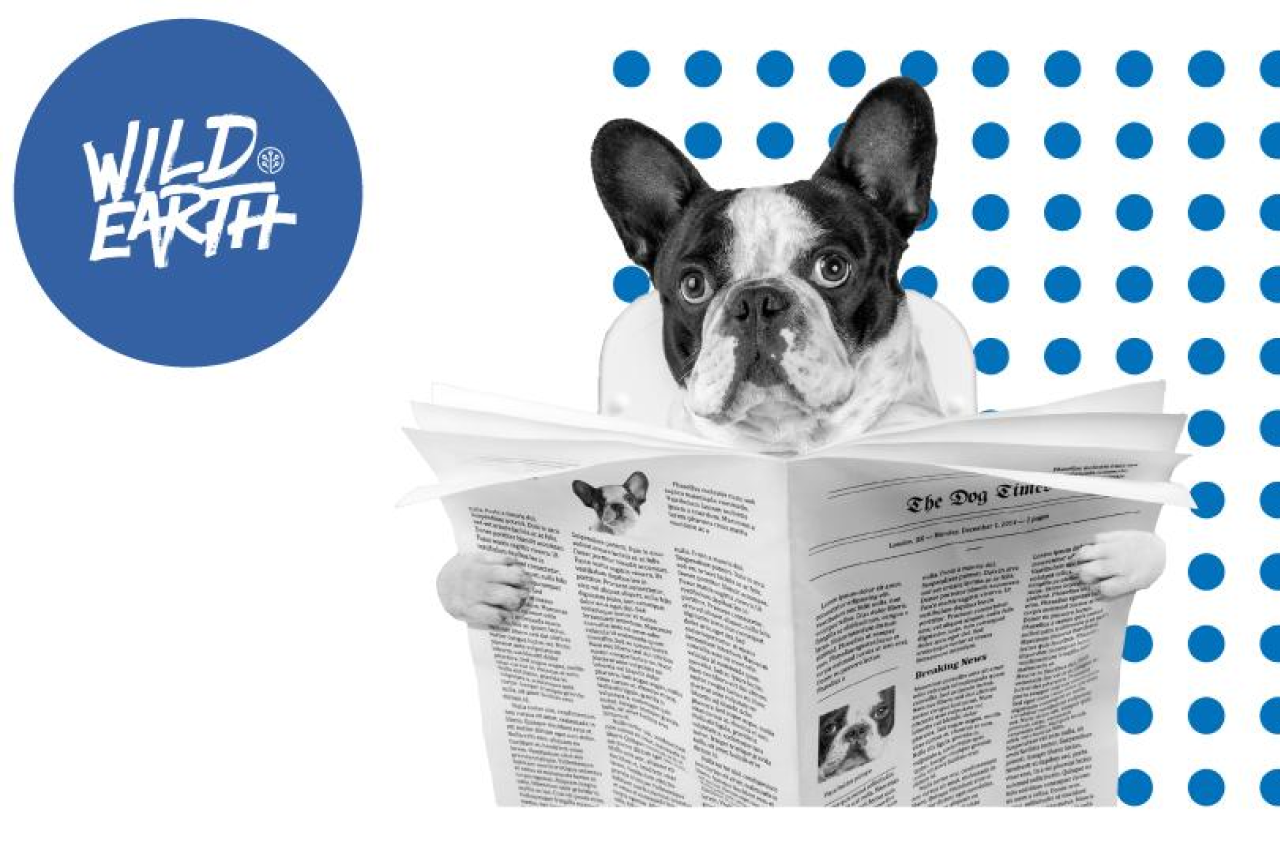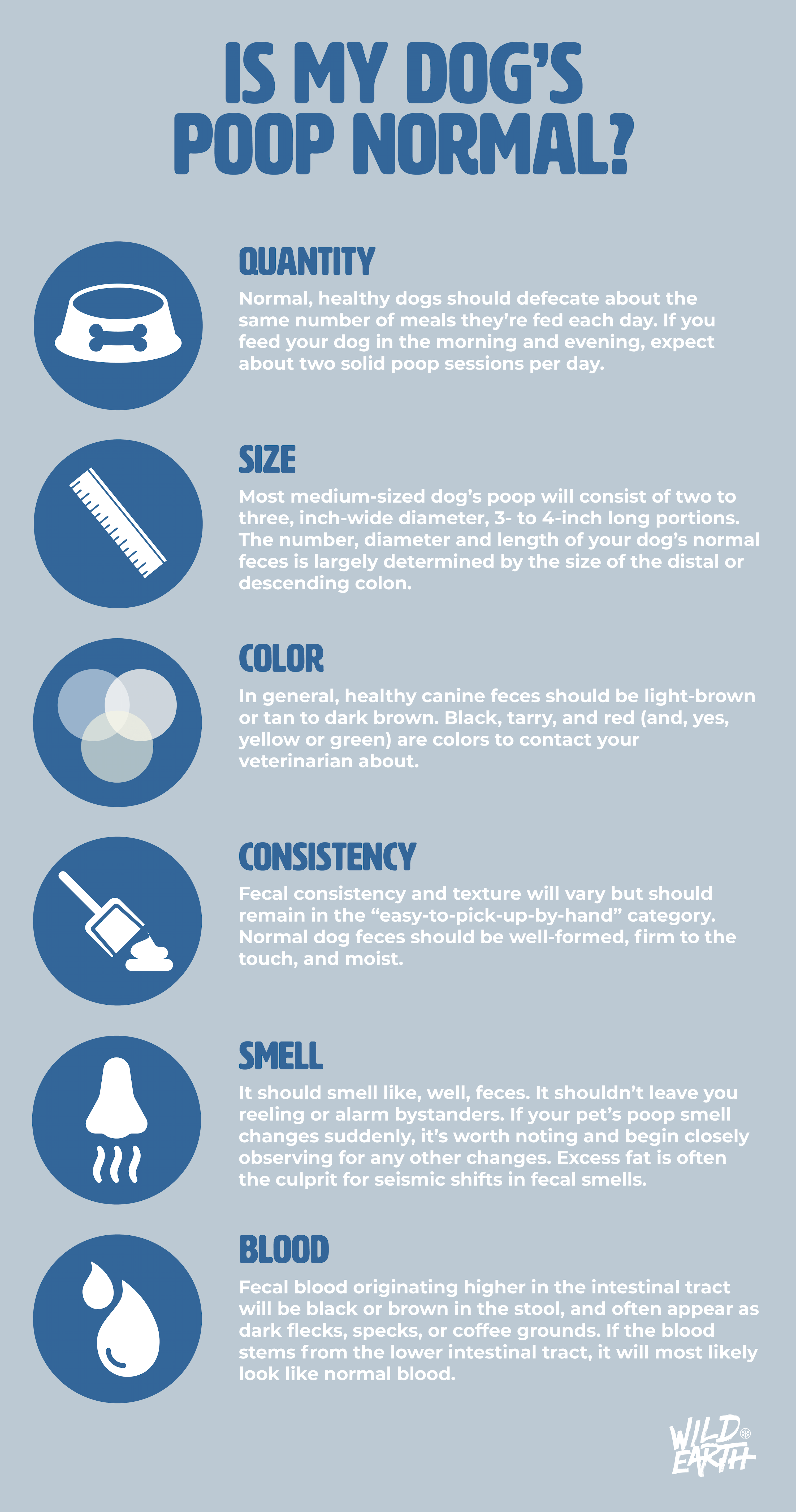
Is My Dog’s Poop Normal?
Key Takeaways
-
Healthy dogs typically poop 1-2 times daily, matching their meal frequency—more could signal diet issues or health concerns.
-
Normal poop is firm, moist, and easy to pick up—too hard or soft may indicate digestive problems.
-
Ideal color is light to dark brown; black, red, or unusual hues warrant a vet visit.
-
A sudden change in smell (especially foul odors) may point to dietary indiscretions or excess fats.
-
Blood in stool can appear as dark flecks (upper GI) or bright red streaks (lower GI)—always consult your vet.
-
Monitor daily for changes in frequency, consistency, or appearance—early detection helps address issues quickly.
-
High-quality, easily digestible diets (like plant-based options) often produce less smelly, healthier stools.
-
If in doubt, collect a sample for analysis—but maybe wait until after your vet’s morning run to ask about it.
I can’t tell you how many times I’ve been flagged down during an early morning run by an anxious pet parent waving a blue baggie at me (smell-level, no less) questioning, “Hey, Dr. Ward, can you tell me if this is normal?”
Our pooch’s poop provides hours of curious fascination during countless potty walks. Is it normal? Is it too much or too little? A little too soft or hard? To answer those questions and more, here’s a quick guide to help you better examine your dog’s eliminations. If not, at least let me finish my training before bombarding me with bulging baggies.
How many bowel movements is normal for my dog?
Normal, healthy dogs should defecate about the same number of meals they’re fed each day. If you feed your dog in the morning and evening, expect about two solid poop sessions per day. If your dog defecates less frequently (or even more often), consider adding healthy dietary fiber (that’s one of the reasons I love our Wild Earth formulation).
More frequent bowel movements can be due to excessive in-between meals snacks, high-fat foods or treats, or extra feedings (well-intentioned guests, children sharing snacks, trash can diving, or leftovers are common culprits). More frequent potty breaks accompanied by soft stools can also mean inappropriate diet formulation, excess fats or carbohydrates, or a diet that is poorly digested. In general, if your pet is pooping an additional than two to three times more than the number of meals each day, ask your veterinarian for advice.
How big is a normal dog poop?
Without being too brusque, big dogs have big poops and small dogs have small poops. Anything longer than an average man’s hand is impressive. Now for the dirty details: Most medium-sized dog’s poop will consist of two to three, inch-wide diameter, 3- to 4-inch long portions. The number, diameter and length of your dog’s normal feces is largely determined by the size of the distal or descending colon. Back to the bigger dogs have bigger… that’s why.

A handy chart
What color should my dog’s poop be?
The color of a dog’s feces is typically tied to diet and gut bacteria (microbiome). Artificial colors, fillers, and chemicals can also alter the poop’s hue. There’s a popular dog food that uses red and green dyes to mimic “meat and veggies” that often results in concerned pet parents calling me about red and green feces. In general, healthy canine feces should be light-brown or tan to dark brown. Black, tarry, and red (and, yes, yellow or green) are colors to contact your veterinarian about. Learn about the different types of dog poop and what each means for the health of your dog.
Should my dog’s feces be hard or soft?
Fecal consistency and texture will vary but should remain in the “easy-to-pick-up-by-hand” category. Normal dog feces should be well-formed, firm to the touch, and moist. If your dog’s feces falls apart (too hard and dry) or slimes through your fingers (too soft and runny), that could signal an underlying digestive problem.
What should healthy dog poop smell like?
It should smell like, well, feces. It shouldn’t leave you reeling or alarm bystanders. Some of the healthiest dogs I know, my own, are fed high-protein plant-based Wild Earth dog food and have very little offensive odor (or excess gas, but that’s another story). I know you’re thinking, “That veterinarian doesn’t think his dog’s poop stinks!” but it’s mostly true. I can usually detect if a guest slipped my pooches some extra snacks or a cat bowl was “accidentally” knocked over by the knockout odor I’m hit with the next morning.
If your pet’s poop smell changes suddenly, it’s worth noting and begin closely observing for any other changes. Excess fat is often the culprit for seismic shifts in fecal smells.
How can I tell if blood is in my dog’s stool?
Blood in a dog’s stool doesn’t always look like blood. Fecal blood originating higher in the intestinal tract, especially the small intestine, will be black or brown in the stool, and often appear as dark flecks, specks, or coffee grounds. The blood turns dark (and tarry) due to digestion by enzymes secreted in the small intestine. If the blood stems from the lower intestinal tract, especially the large intestine, distal colon, or rectal region, it will most likely look like normal blood. Red or pink drops or smears are frequently discovered on top of the stool, sidewalks, or grass.
Keep in mind that both constipation and diarrhea can cause blood in the stool of dogs. Bright red blood without either diarrhea or hard, dry stools generally indicates the problem is closer to the rectum and anus. Regardless of the suspected cause, any sign of blood, black coloration, or sudden change in fecal consistency should be reported to your veterinarian.
There are many causes for abnormal feces and the sooner you identify your dog’s problem, the better the chances for a successful outcome are. I hope that provides you with a little more insight into what’s going on inside your dog’s intestinal tract. It’s important to monitor your dog’s feces daily for sudden changes in appearance, volume, or consistency. If you suspect something is wrong, you can often submit a sample for analysis to determine if an examination is needed. And, please, if you see your veterinarian out for a stroll or jog, save the poop queries until after breakfast.




























